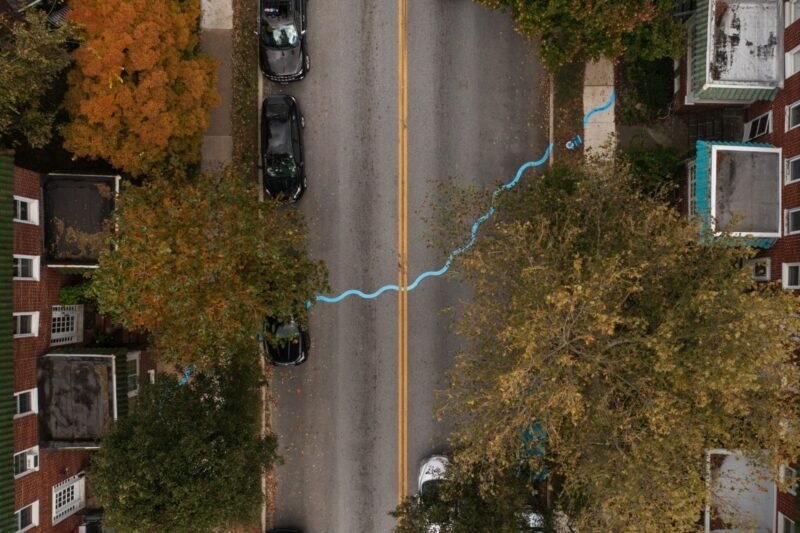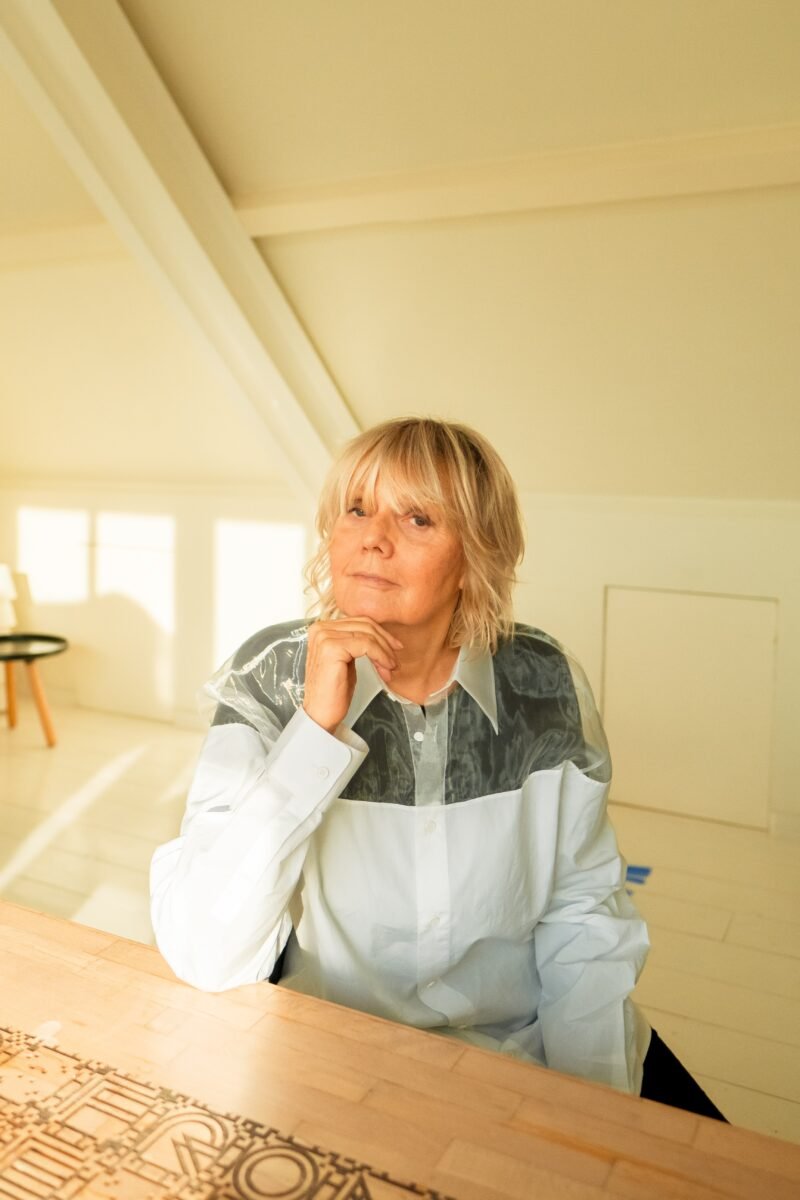Arts and the City — an Interview With Richard Sennett
American sociologist Richard Sennett has been making seminal contributions to the study of cities, labour and culture since the 1970s. He currently teaches sociology at New York University and at the London School of Economics. We caught up with him to discuss his Theatrum Mundi initiative.
Your talk during the Opera Forward Festival is entitled Arts and the City. Where does this fascination come from?
“You may know that in the beginning of my life I was a professional musician and I have always been interested in the relationship between the performing arts, and performing arts spaces, and the city. What kinds of spaces attract what audiences? What kinds of buildings are attractive to people and, conversely, what kind of spaces need to be made to perform new kinds of art.”

Where does the Theatrum Mundi project fit into all of this? Can you tell us more about this initiative?
“Theatrum Mundi is a project that tries to look at the physical basis for making art. It’s a collective of artists and architects who are interested in this problem: architects who design concert halls; artists who no longer work in concert halls but like to work in clubs, or like to work on the streets. We decided that we would look at the relationship between the arts and the city from the standpoint of the physical spaces where art gets made. We asked what those have to do with kind of art that gets made. In terms of opera, we are interested in how we can take opera out of opera houses. What are the effects of performing opera in different spaces as the staging and making of operas itself? I am going to show some example experiments about this when I’m in Amsterdam.”

Moving towards your work on the open city — could you briefly tell us about your forthcoming book Making and Dwelling?
“Making and Dwelling will be the third in a trilogy of books about how things get made. The first was about craftsmanship; the second about cooperation and this one is about environments. The book uses the idea of the open city to assess if a city is well made or not.”
Bottom-up urbanism has become a major urban design approach in recent years. In your experience, do you see a future for this kind of place making?
“Bottom up is good. Resistance is always good. But resistance doesn’t mean change. I don’t think that working at a local level, that is bottom up, is the way to change capitalism, which is a very top-down phenomenon. You can resist it, which is good, but you can’t change it. One of the things I’m really interested in, is whether, through urban design, we can transform the way capitalism works. That means working on a much larger scale and deciding, for example, where the city banks are allowed to invest, about very technical things like what the aspects of neoliberalism’s effect on a city’s cultural scene are. Take for example instances where someone builds a project and sells it before it’s finished — this is how you trade on the global market and this should be banned. These problems take government on a bigger, structural, scale. You can’t do that locally. I think there are lots of ways in which the city can cope with finance capital but they have to be done on a larger scale than localities.”



